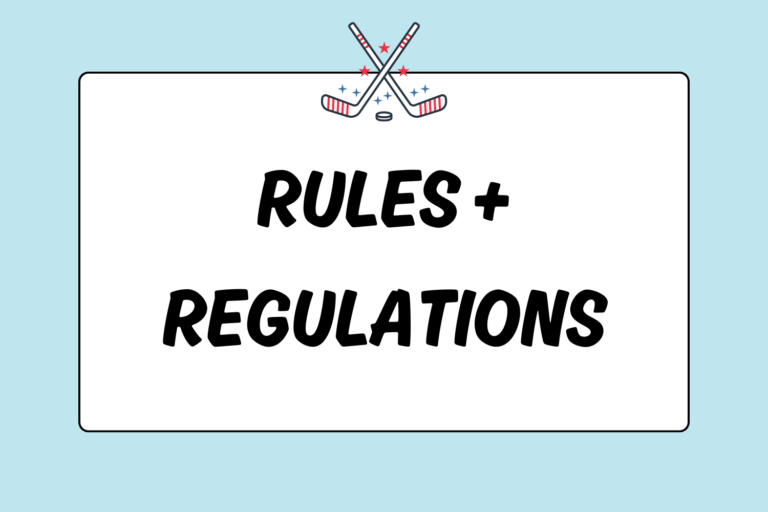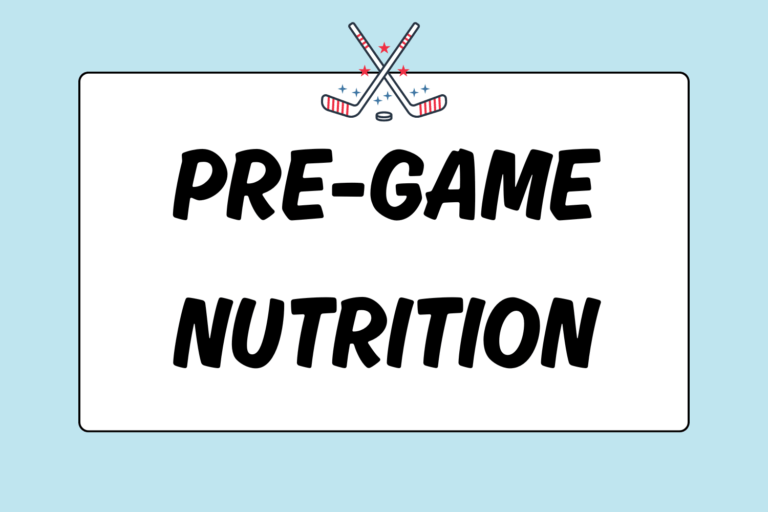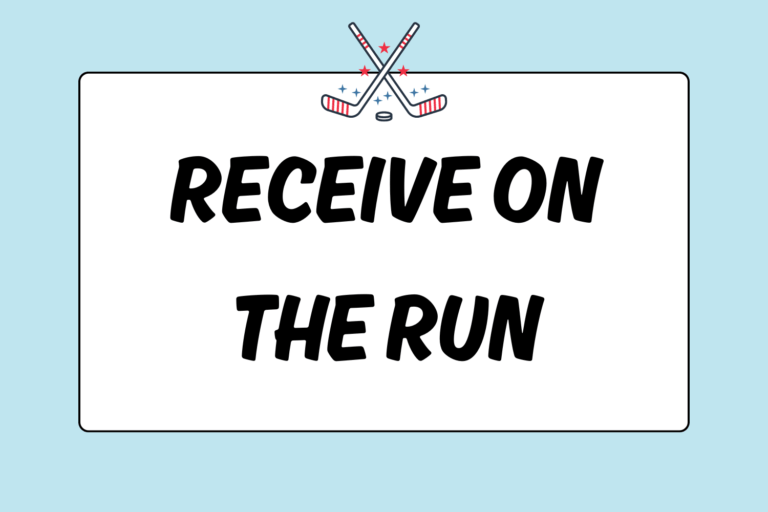Penalty strokes, or “strokes,” are one-on-one shots on goal between an offensive player and the defensive goalie. Strokes are called for two reasons. They are either awarded for a penalty committed inside the circle that prevents a goal or to decide the winner of a tied match.
Strokes are a great way to score goals. With proper form and strategy, you will undoubtedly increase your stroke success. A hard, low ball to the corner of the goal is just as effective as a slow, high ball. This guide will cover the different techniques used to take a stroke, as well as strategies to increase your scoring statistics.
Rules
A penalty stroke is taken from a spot referred to as the “stroke mark” or “p-flick.” It is located seven yards (6.4 meters) directly in front of the goal. Game play is stopped during the penalty stroke and all players must stand outside the circle, 25 yards (23 meters) away. The player doing the penalty stroke must push, flick or scoop the ball into the goal, and is permitted to raise the ball to any height. However, she cannot hit the ball. That is, when the stick makes contact with the ball, it cannot make a distinct hitting noise. If this happens, the umpire can negate the penalty stroke.
The player taking the stroke must stand behind and within playing distance of the ball (close enough that you don’t have to run towards it) before beginning the stroke. The player may not feint at the ball or take the hit before the umpire blows the whistle. If the player violates any rules or misses the shot, the stroke is over.
The goalie must stand with both feet behind the goal line. She is permitted to move once the ball has been played.
In the case of a tied game, the teams will go into overtime. If neither teams score, the teams enter into a penalty stroke competition to determine the winner. In this case, each team receives five strokes on goal, and the team who scores the most goals wins. The teams alternate between taking strokes (one team will take their shots, and then the other). If both teams tie in penalty strokes, they will enter into a sudden death stroke competition. In this case, it’s goal-for-goal. That is, if a player from one team scores and the other does not — the team that scored is the winner.
Hot Tip: Use the One-step Approach for a Stroke
The official rules state that the player must be within “playing distance” of the ball before beginning the stroke. What playing distance means is that the player cannot run at the ball. So, to ensure that you are within playing distance, make sure that it only takes two or less distinct steps to complete the stroke. This guide describes the one-step method, which will ensure you are within playing distance.
The Stroke
A stroke is different from a push or hit, it is unique in its own way. That is, instead of starting in a traditional hitting position, you are going to start in the “stroker” position. This guide will cover the two basic starting positions — the strong stick and reverse stick — and the subsequent motion of each. As a beginning player, decide which of these two styles of strokes is most comfortable for you, and practice it until you develop a set routine.
Strong Stick
- Start a stick’s distance away from the ball.
- Stand sideways to the goal with your left shoulder facing the goalie. Position your feet behind the ball (away from the goal). Place your feet either together, or extend your left (front) leg behind you. Bend your knees until your reach a comfortable stance.
- Place your left hand at the top of the stick’s grip.
- Place the flat side of the stick against the back of the ball.
- Assess the goal and decide where you are going to shoot the ball.
- In one fluid motion, place your right hand at the base of the grip and scoop the ball up and forward towards the goal. (This is the same motion as a push, combined with a flick.)
- As you move the ball, bring your left foot forward and towards the goal, shift your weight from your back to front foot, and turn your hips towards the goal. This will supply your power.
Reverse Stick Stroke
This stroke is less commonly used because you lose forward vision on the hit. That is, you start with back facing the goal and you have to look over your shoulder to see your target. Also, reverse flicks and pushes are generally weaker than strong stick strokes.
- Start a stick’s distance away from the ball.
- Stand sideways to the goal, on the right side of the ball. Your right leg will be closest to the goal (your front leg). Start with your feet either together or with the right foot extended behind you. Bend your knees for more power.
- Place your reverse stick against the back of the ball, toe down.
- Aim for one of the corners.
- Place your left hand at the top of the grip. Take a strong step towards the goal with your front foot, shifting your weight from your back foot to your front.
- As you move forward, grab the base of the grip with your right hand and pull the stick forward towards the goal. This will scoop the ball into the air. Your step will have supplied the power.
Technique
Apart from knowing how to take a stroke, knowing different strategies will increase your focus and accuracy. These techniques will help you become a high-percentage stroke taker. Some tips for success are:
- Develop a routine: A routine should entail your entire approach to the ball: The approach itself, where you place your stick, which stance you use, and which corner you’ll aim for. By practicing and perfecting a personal routine before you get up to take the stroke, you will be able to focus during the game — eliminating any possible distractions and keeping cool under pressure.
- Always aim for the same spot: During practice, pick a corner and stick to it. Incorporate that specific corner into your routine and practice that shot. By game day, you will know where you are going to shoot the ball before even stepping up to the stroke mark.
- Change your shot depending on where you are shooting: If you are shooting to the goalie’s stick side, shoot high. If you are shooting to the goalie’s non-stick side, shoot low. It takes more time for the goalie to lift her stick to block the high shot. Likewise, it takes more time for her to lower her body to block a low shot on her non-stick side.
- Aim for the corners, close to the posts: Doing so forces the goalie to cover more area on the stroke.
- Look at the ball throughout your entire hit: This will help you focus on the stoke rather than the goalie.
Goalie Ready, Stroker Ready?
After the referee blows the whistle, make sure to compose yourself. The stroke matters, but you shouldn’t stand there dwelling on the possible outcomes — focus on the present moment. Focus on completing the routine you’ve been practicing. After you make a decision on where you are going to shoot, commit to it and do not allow yourself to hesitate. Confidence is key. By just believing in yourself, you will become plenty more successful in your penalty strokes.





